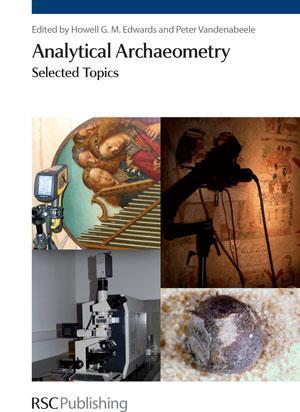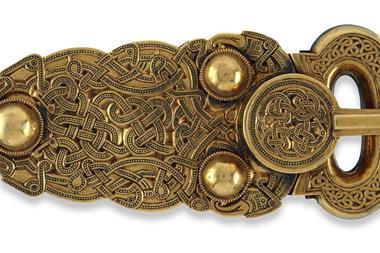Edited by Howell Edwards and Peter Vandenabeele
RSC Publishing
2012 | 575pp | £153.99
ISBN 9781849731621

Archaeometry is the research area where methods from natural sciences are applied to solve archaeological and art-historical questions. This definition shows the discipline’s variety and complexity and highlights its inter-disciplinary nature.
This book is divided into three parts: analytical methods, classes of materials and typical research questions and broader approaches.
I found the two parts related to materials and research questions and approaches very enjoyable, detailed and pertinent, and illustrative of the complexity of the topic. In particular, the materials section is full of examples, and gives plenty of space to the analytical difficulties and, consequently, analytical tips and suggestions. These two parts are a good read for both scientists and archaeologists and could be useful for students as well.
The first analytical technique part could be improved. The concise exploration of physical principles behind a technique is very important for the non-expert reader, and yet its presence in every chapter creates a repetition that could easily be avoided. Also, including too many details for some techniques makes the reading a bit heavy and also too difficult for the non-expert. This section seems to be directed more at students.
However, the book is a very good compendium of analytical techniques, mainly non-destructive, including highly detailed description of tools and principles, maybe with a slight overemphasis on Raman spectroscopy.
I found the constant focus on the attainable results very good – often the application is lost in the details of the science, while in this case we are clearly reminded of the archaeological questions and interpretation throughout the book. All the chapters have a rich bibliography, which makes the book a very useful tool.
Purchase Analytical archaeometry from the RSC












No comments yet